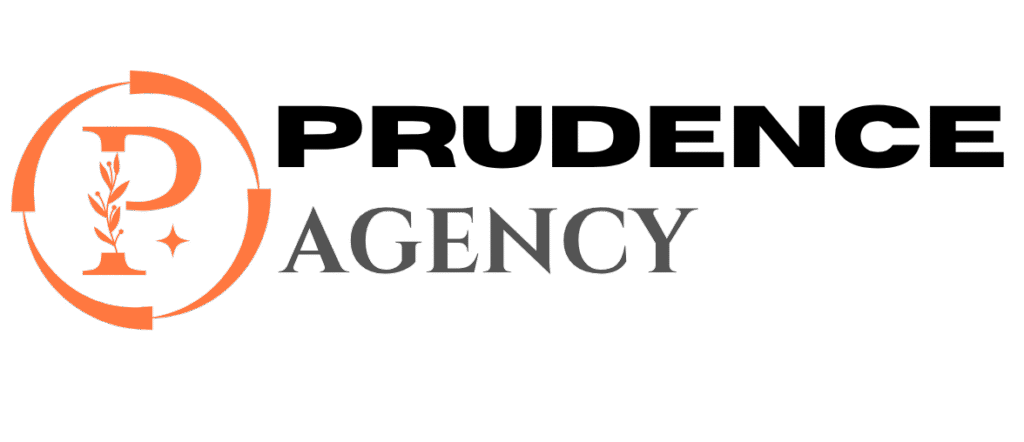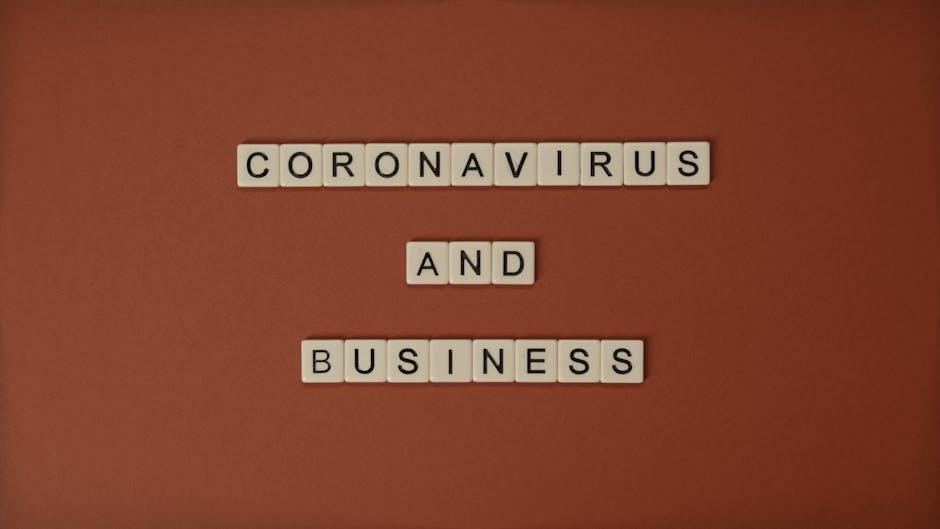How to Handle In-Game Economy Design: A Complete Guide for Game Developers
Designing a robust and engaging in-game economy is one of the most critical yet challenging aspects of game development. A well-crafted economy can enhance player retention, drive monetization, and make gameplay deeply rewarding. But how can developers manage and optimize in-game economy design effectively? In this guide, we’ll cover the essentials, practical tips, benefits, and real-world examples to help you build a thriving game economy.
What Is In-Game Economy Design?
In-game economy design refers to the creation and management of virtual currencies, marketplaces, item exchanges, resource flows, and player rewards within a digital game. It governs how players earn, spend, trade, and accumulate value throughout their gaming experience.
Key components of in-game economy include:
- Virtual currencies (coins, gems, tokens, etc.)
- Resource management (energy, materials, consumables)
- Item rarity and value
- Supply and demand dynamics
- Monetization integration (microtransactions, premium currency)
Why Is Effective In-Game Economy Design Important?
An engaging and balanced economy:
- Keeps players motivated to progress
- Encourages fair competition and trade among players
- Prevents inflation or resource starvation
- Boosts player satisfaction and retention rates
- Supports sustainable monetization models
Core Principles of Handling In-Game Economy Design
1. Balance Currency Acquisition and Sinks
Design your economy so players earn virtual currency at a pace that matches the cost of items and upgrades. Use currency sinks such as item purchases, repairs, or customization to remove currency from circulation and control inflation.
2. Differentiate Currencies
Create multiple types of currencies (e.g., free coins and premium gems) to introduce layers of progression and monetization. Clearly communicate how each currency is earned and spent to prevent player confusion.
3. Manage Resource Scarcity Intelligently
Scarcity drives engagement, but too much frustration will cause player drop-off. Carefully tune resource availability to encourage regular play and long-term involvement.
4. Design For Player Progression
Your economy should support a clear progression path with meaningful rewards, from early gameplay to endgame content. This keeps players motivated and coming back.
5. Employ Analytics to Monitor and Adapt
Track key economy metrics such as currency flow, player spending, item popularity, and inflation to find imbalances and adjust the economy dynamically.
Practical Tips for Successful In-Game Economy Design
- Start Simple: Launch with a minimal viable economy to gather player data and feedback.
- Incorporate Player Feedback: Use forums, surveys, and player behavior analysis to identify pain points.
- Create Meaningful Rewards: Rewards should feel valuable and tie into player goals.
- Prevent Exploits: Anticipate and patch any currency duplication or market manipulation loops.
- Test Different Models: A/B test pricing, rewards, and sinks to optimize the economy.
- Plan for Endgame: Most players spend the longest here – make sure the economy supports longevity.
Common Challenges in In-Game Economy Design and Solutions
| Challenge | Impact | Solution |
|---|---|---|
| Inflation | Currency loses value, item prices skyrocket | Introduce currency sinks and limit currency generation |
| Poor Monetization Balance | Players feel forced to pay, causing dissatisfaction | Balance free vs. premium currency, offer fair earnable rewards |
| Player Hoarding | Reduced currency circulation, stagnating economy | Create timed rewards and decay systems on unused currency |
| Imbalanced Item Value | Overpowered or useless items disrupt gameplay | Regular item rebalance and player feedback integration |
| Resource Starvation | Players feel blocked and frustrated | Adjust drop rates and provide alternative resource acquisition methods |
Case Studies: Examples of Successful In-Game Economies
Game A: Free-to-Play Mobile RPG
This game effectively uses dual currencies: gold (free) and diamonds (premium). Gold allows steady player progression, while diamonds offer exclusive cosmetics and expedited upgrades. By regularly introducing currency sinks such as item crafting and skill resets, the economy stays balanced and players remain motivated to earn more.
Game B: MMORPG
Here, the in-game marketplace uses a player-driven auction house economy combined with NPC traders. Player trades influence item prices, creating dynamic supply and demand. Developers monitor inflation through detailed analytics and introduce periodic server-wide currency events to stabilize the economy.
Benefits of Well-Handled In-Game Economy
- Enhanced Player Engagement: Players feel a sense of accomplishment as they earn and spend resources strategically.
- Improved Monetization: Balanced economies encourage in-app purchases without alienating non-paying players.
- Long-Term Player Retention: A thriving economy fuels interest and repeat logins over months or years.
- Community Building: Trading, crafting, and shared goals foster social interaction and player cooperation.
Conclusion
Handling in-game economy design is both an art and a science. By focusing on balance, progression, intelligent currency management, and constant monitoring, game developers can create a thriving economy that delights players and supports long-term success. Keep your economy dynamic, player-friendly, and adaptable to the ever-evolving landscape of game development. With the strategies and examples outlined here, you are well-equipped to build an engaging, profitable in-game economy.
Start designing your game’s economy today with a clear vision and a player-first mindset-and watch engagement and monetization soar!











